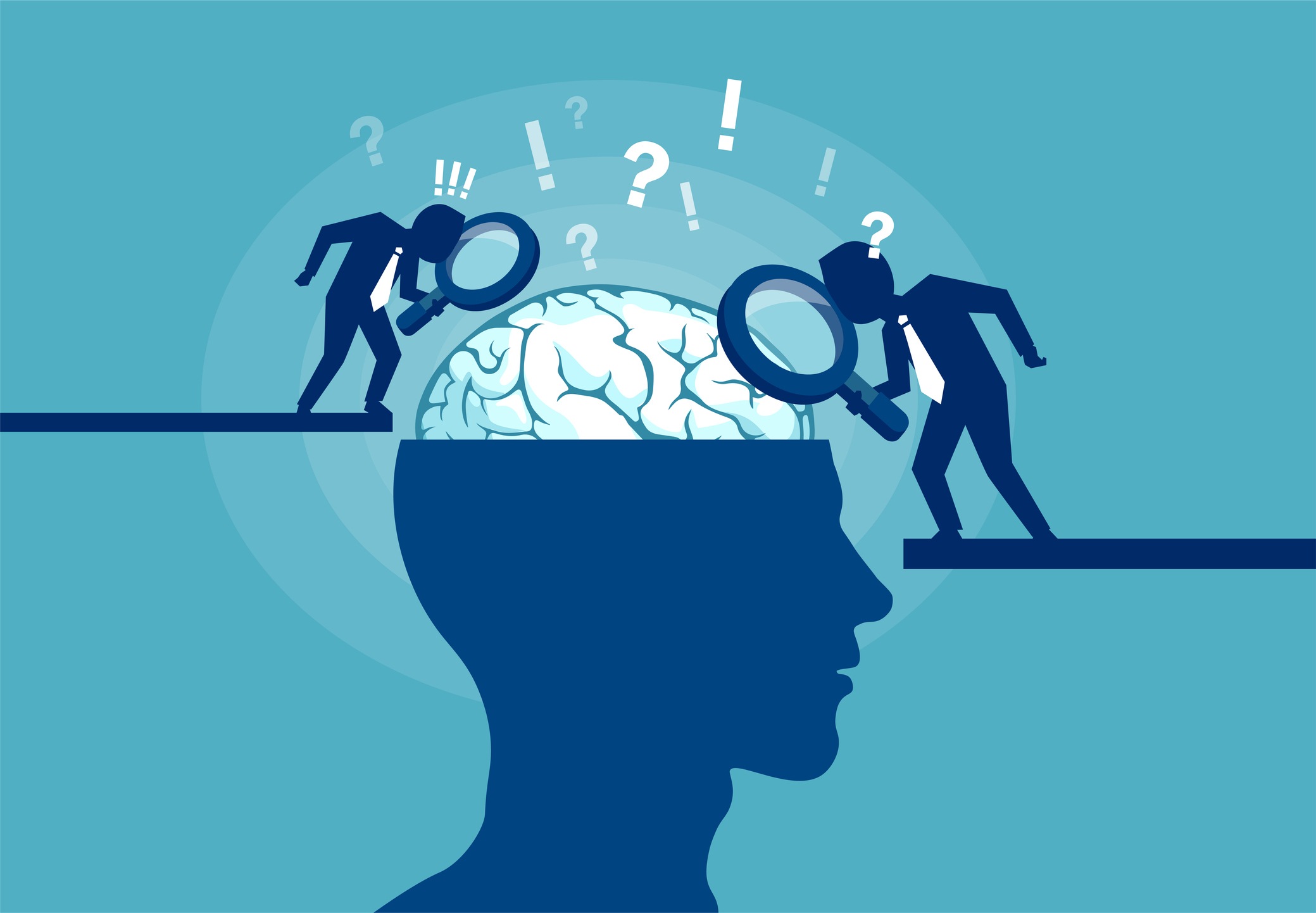
A new study in Circulation: Cardiovascular Imaging appears to suggest that stress-induced activity in the brain can be predictive of chest pain in those with coronary artery disease (CAD).
“Our study sought to understand the degree to which health care providers should incorporate stress and other psychological factors when evaluating and treating angina,” lead researcher Amit J. Shah, MD, MSCR, assistant professor of epidemiology at Emory University’s Rollins School of Public Health in Atlanta, said of the study in a news release. “Although brain imaging during a mental stress challenge is not a test that can be ordered in clinical settings, the study shows an important proof-of-concept that shows the brain’s reactivity to stress is an important consideration when considering angina treatment.”
The researchers looked at 148 individuals with stable coronary artery disease who underwent acute mental stress testing using standardized speech and arithmetic stressors. During that time, the researchers imaged the patients’ brains using positron emission tomography, focusing on blood flow to the inferior frontal lobe. Blood flow to the inferior frontal lobe was evaluated as a ratio compared to whole brain flow. The authors also assessed angina using the Seattle Angina Questionnaire angina frequency subscale. Assessment happened at baseline and at two years follow-up.
According to the study results, angina frequency was increased by 13.7 units at baseline (95% CI, 6.3 to 21.7; P=0.008) for every doubling in inferior frontal lobe activation, and 11.6 units during follow-up at two years (95% CI, 4.1 to 19.2; P=0.01). The authors reported mental stress-induced ischemia and activation of other paint-processing regions of the brain that accounted for 40.0% of the total effect of inferior frontal lobe activation and 13.1% of the angina severity.
“We were surprised by the strength of the relationship between the level of activity in this brain region and the frequency of chest pain reported, as well as the lack of a relationship to factors that are normally considered important when treating angina, such as heart imaging,” Shah said in the press statement. “The top three factors that explained angina frequency were all stress related, including brain activation, depressive symptoms and PTSD symptoms. This is surprising because when we manage angina in clinical settings, we normally do not consider stress as an underlying factor, and rather focus on blood flow in the heart.”
https://twitter.com/fitmslax/status/1292812914873765890







 © 2025 Mashup Media, LLC, a Formedics Property. All Rights Reserved.
© 2025 Mashup Media, LLC, a Formedics Property. All Rights Reserved.